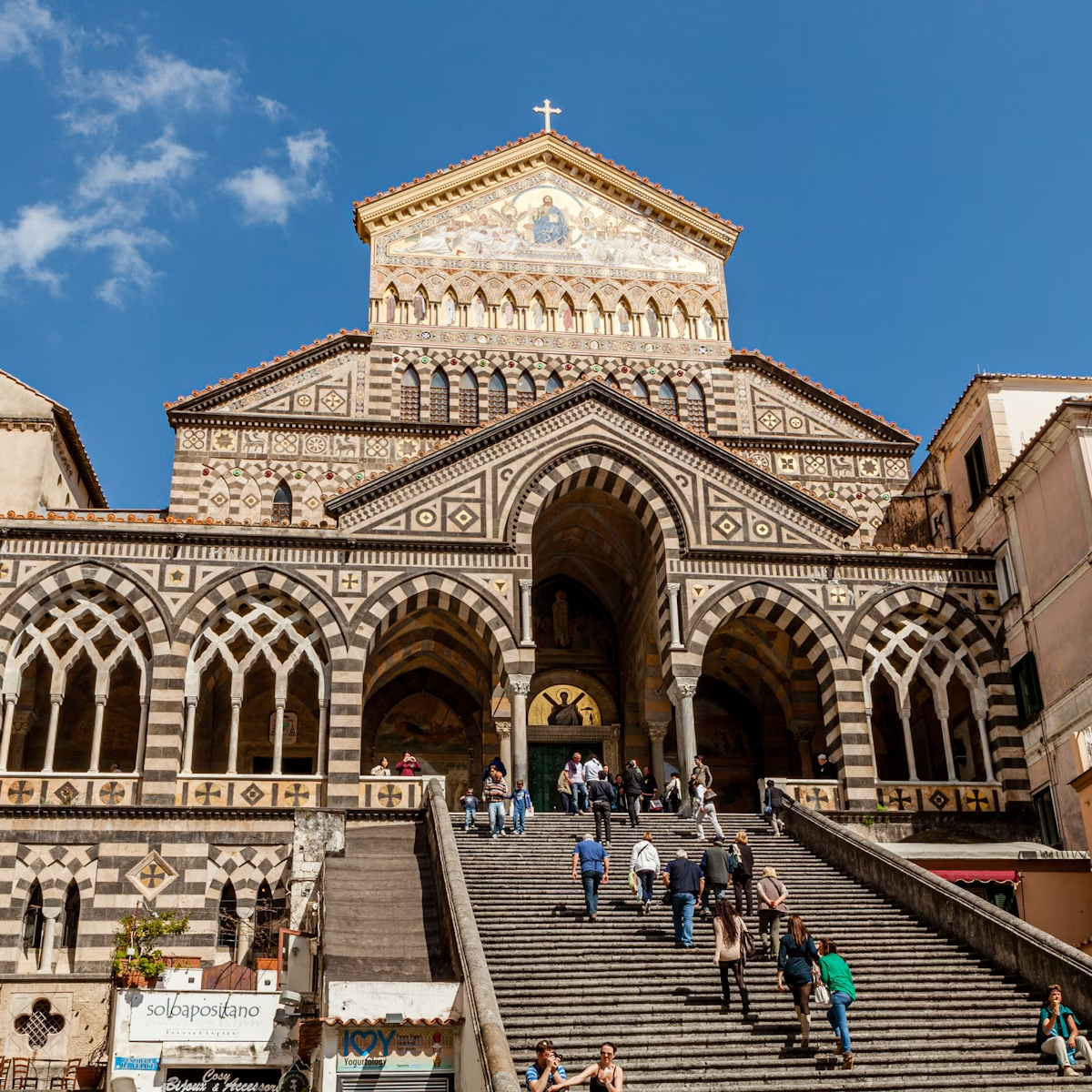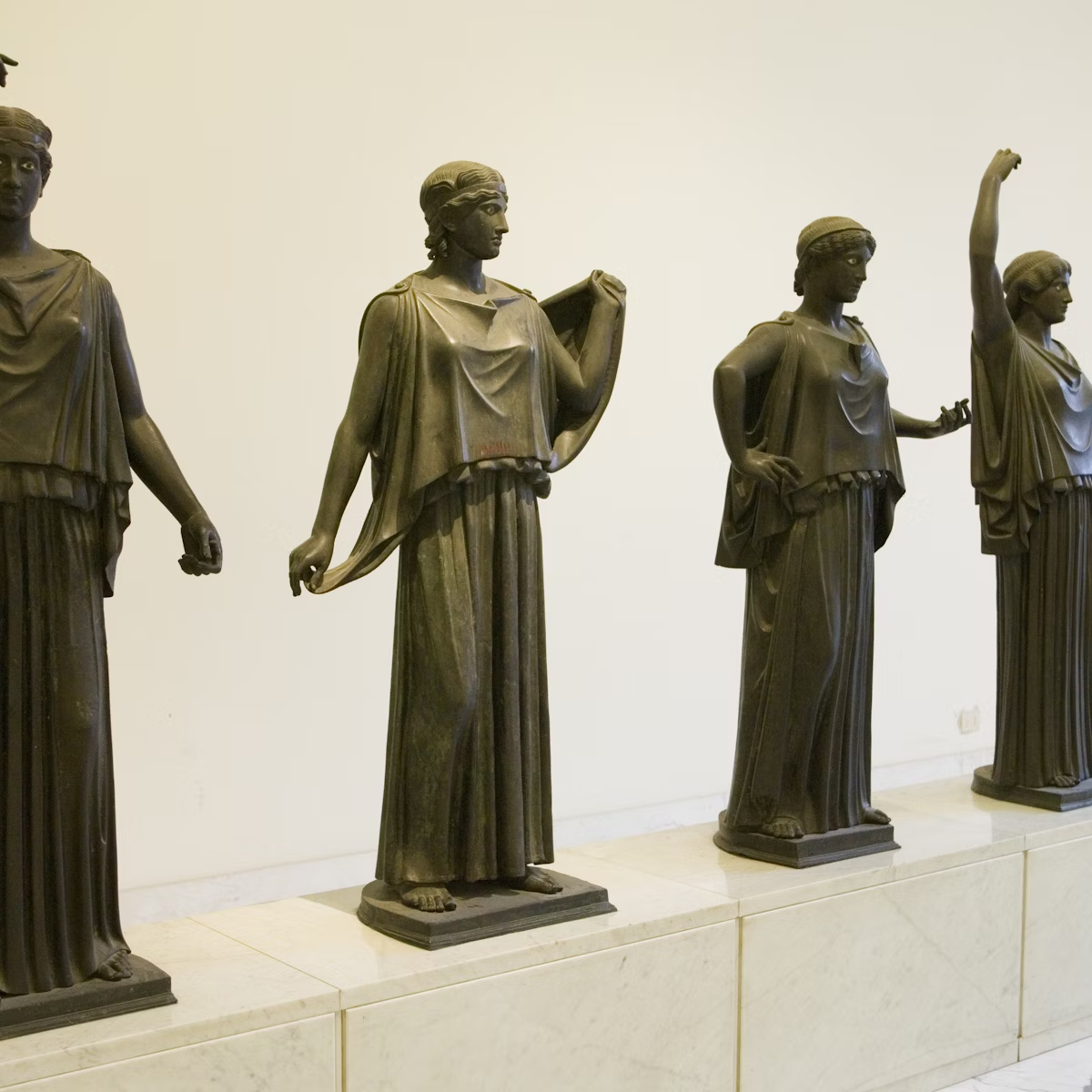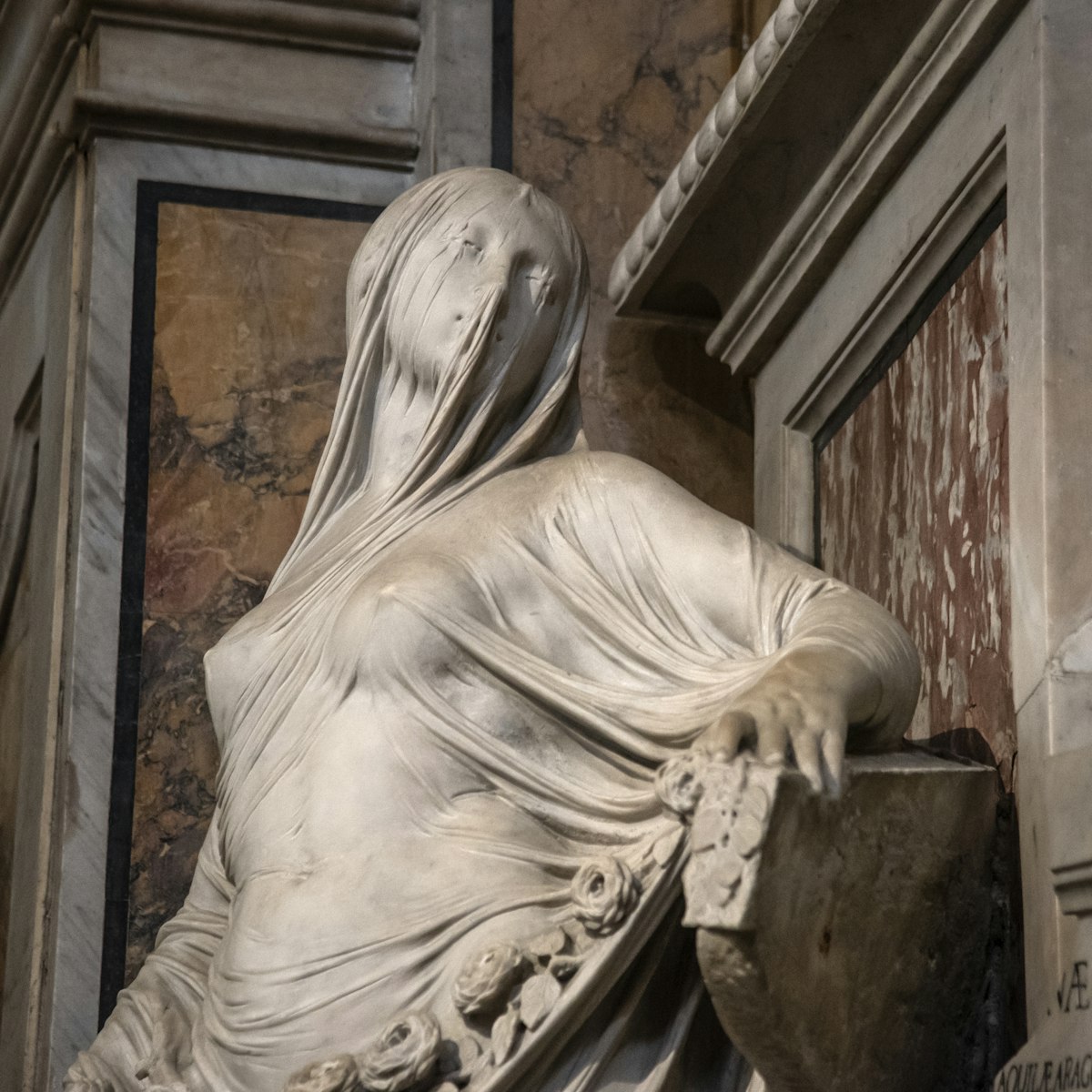Before moving into the colossal Reggia di Caserta, Charles III of Bourbon called this more modest palace home. Built between 1738 and 1742, the frescoed pad once also housed the king’s booty of archaeological treasures, unearthed on-site as well as at nearby Herculaneum and Pompeii. Although most of these were subsequently transferred to the Museo Archeologico Nazionale in Naples, the on-site Herculanense Museum offers fascinating insight into the original Bourbon-era excavations, the first to shed light on the area’s world-famous Roman ruins.
Adjoining the palace is the 19th-century Orto Botanico, an elegant concoction of wide avenues, woods and landscaped gardens planted with species from across the globe. The park is also home to the Universit√Ý degli Studi di Napoli Federico II's Faculty of Agriculture.







